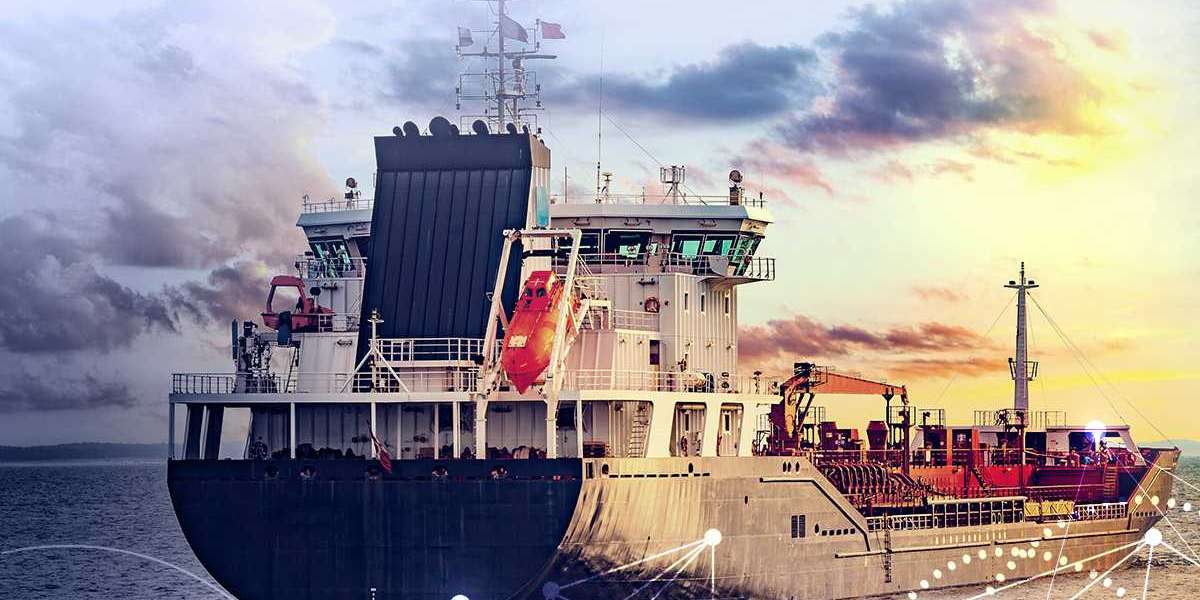Maritime satellite communication is the lifeblood of modern shipping and navigation. It enables sailors to stay connected, access vital information, and ensure safe and efficient journeys across the world's oceans. As technology continues to advance, it's crucial to understand the various types of satellite communication systems that power the maritime industry. In this blog, we will delve into the intricacies of these systems and their applications, ensuring that you gain a comprehensive understanding of this crucial aspect of maritime operations.
Types of Satellite Communication
Geostationary Satellite Communications
Geostationary satellites orbit the Earth at the same speed as the planet's rotation, allowing them to remain stationary relative to the Earth's surface. This feature ensures a constant and reliable connection, making them ideal for applications requiring continuous connectivity. Geostationary satellites provide services like high-speed internet, voice communication, and data transfer using data transfer applications for maritime industry, allowing ships to stay connected to shore and access real-time weather and navigation data.
Low Earth Orbit (LEO) Satellite Communications
LEO satellites orbit the Earth at much lower altitudes, providing global coverage. They are part of a growing trend in the satellite industry due to their lower latency and faster data transfer rates.
LEO satellites enhance communication for safety and emergency services in the maritime industry. Quick and reliable communication is vital in maritime emergencies, where time is of the essence. LEO satellites ensure that vessels can establish and maintain communication links with onshore authorities, support services, and nearby ships, even in remote and challenging maritime environments. This capability significantly contributes to the safety and security of maritime operations, as it enables prompt response to distress calls and ensures the well-being of crews and vessels.
Medium Earth Orbit (MEO) Satellite Communications
MEO satellites occupy an intermediate orbit between geostationary and LEO satellites. This positioning allows them to balance the advantages of both, offering a compromise between coverage area and latency.
MEO satellites are increasingly used in maritime applications for GPS systems, providing accurate positioning information to ships and navigation systems.
Polar Orbit Satellites
These satellites follow a polar orbit, providing comprehensive global coverage as they pass over the North and South Poles. They are essential for operations in extreme latitudes, where geostationary satellites may have limited visibility.
In the maritime industry, polar orbit satellites aid in navigation and communication for vessels traveling through Arctic and Antarctic regions, which are becoming more accessible due to climate change.
Applications in Maritime Satellite Communications
Vessel Tracking and Monitoring
Satellite communication solutions allow for continuous tracking and monitoring of vessels, promoting safety, security, and efficient fleet management. Real-time updates on a ship's location, speed, and cargo status are critical for both maritime operators and authorities.
Safety and Emergency Communication
In times of distress, quick and reliable communication can be a matter of life and death. Maritime satellite services ensure that vessels can call for help and receive assistance regardless of their location, making it a crucial tool for search and rescue operations.
Weather Data and Navigation
Accurate and up-to-date weather information is vital for safe navigation. Satellite systems provide maritime operators with real-time weather data, enabling them to make informed decisions about routing and avoiding adverse conditions.
Crew Welfare and Entertainment
Crew members spending extended periods at sea rely on satellite communication for staying connected with their loved ones. These systems also offer entertainment options, such as satellite TV and internet access, which contribute to crew morale.
Cargo and Logistics
Satellite communication plays a pivotal role in tracking cargo, managing logistics, and optimizing shipping routes. Real-time data ensures that goods arrive at their destinations on time and in optimal condition.
IEC Telecom is a renowned provider of advanced maritime communication solutions, made possible through their groundbreaking partnerships with leading satellite providers. Their commitment to delivering reliable and cost-effective communication systems ensures that maritime users can maintain voice and data connectivity no matter where they are in the world.
With a comprehensive suite of integrated systems, products, and network services, IEC offers an end-to-end solution for their customers. What sets them apart is their unique in-house design and engineering expertise, which underpins the quality and innovation of their offerings. Furthermore, IEC Telecom's value-added services augment their commitment to providing unparalleled support, making them a trusted partner for maritime communications needs.
Conclusion
Maritime satellite communication is an indispensable component of modern shipping and navigation. As technology evolves, the types of satellite communication systems continue to diversify, providing more efficient and reliable solutions for the maritime industry. From vessel tracking to safety communication and weather data, these systems enhance operational efficiency, safety, and crew welfare at sea. By understanding these systems and their applications, we can appreciate the innovative and information-rich world of maritime satellite communications, which keeps the maritime industry afloat in our interconnected world.





